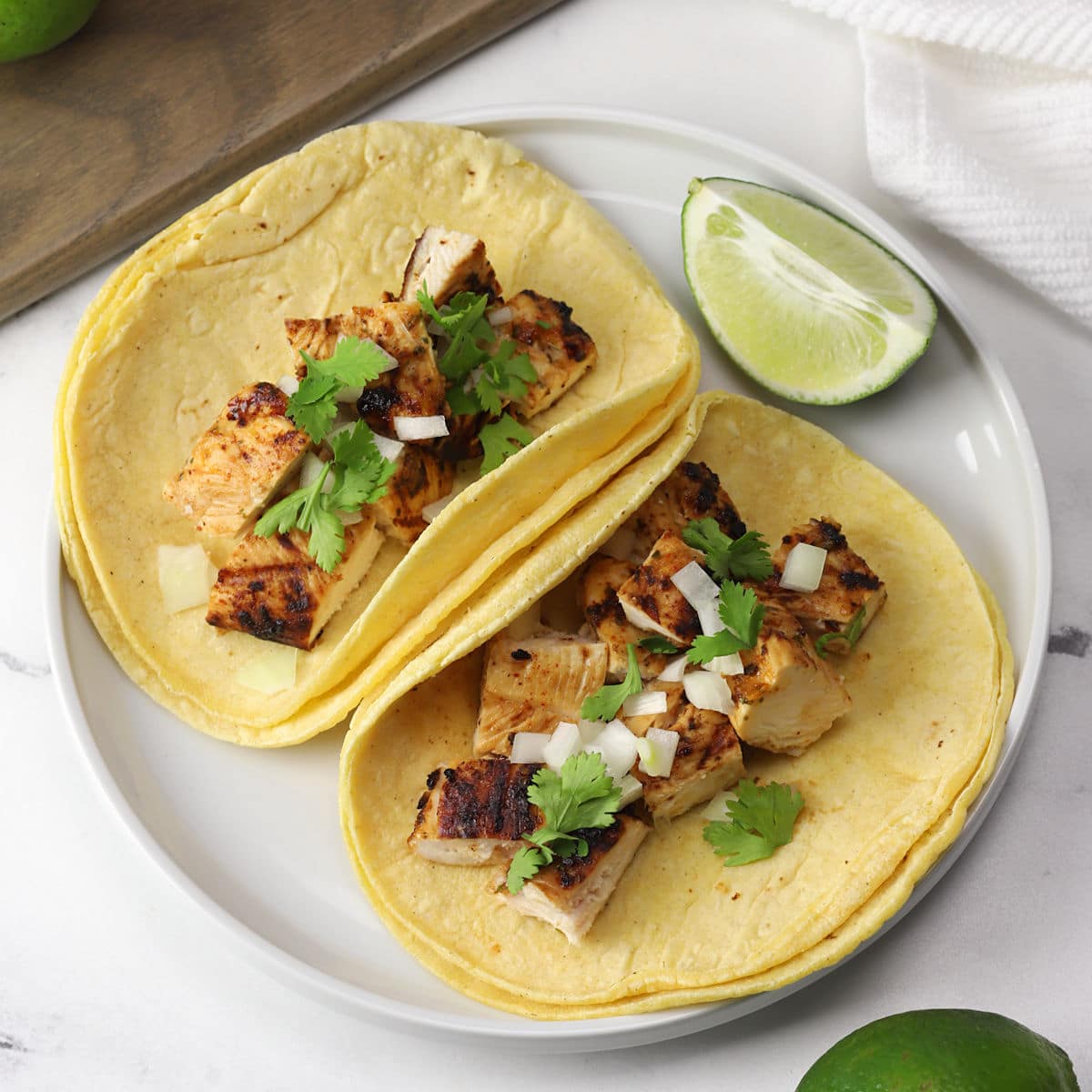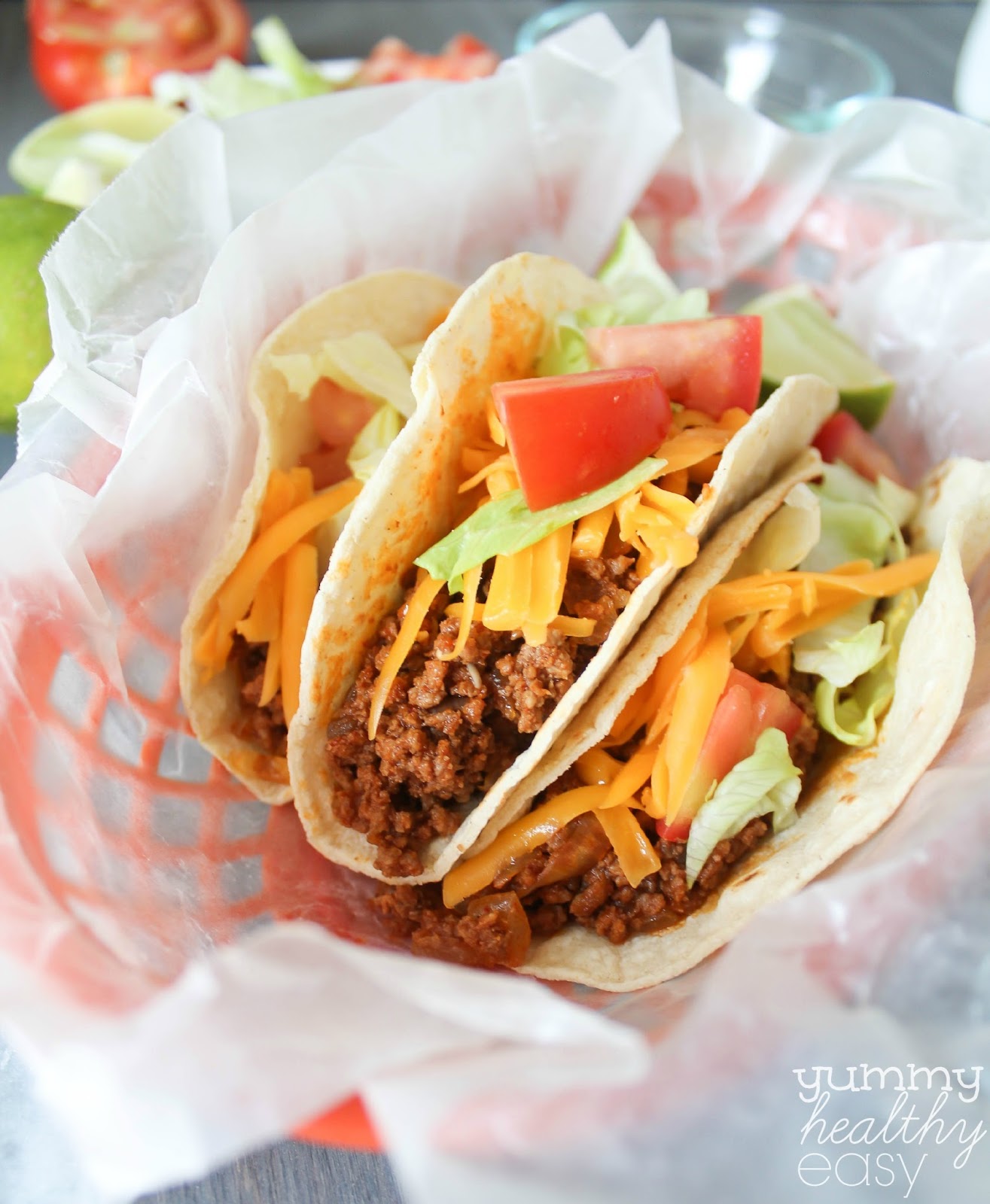The Ultimate Guide To Tacos And Tacos: A Culinary Delight
Tacos and tacos have become synonymous with the vibrant, flavorful world of Mexican cuisine, captivating taste buds worldwide. From street vendors in Mexico City to gourmet restaurants in New York, tacos have transcended cultural boundaries to become one of the most beloved dishes in the culinary world. Their versatility, simplicity, and explosion of flavors make them a staple for food enthusiasts everywhere.
But what makes tacos and tacos so special? Is it the perfectly folded tortilla? The symphony of fresh ingredients? Or perhaps the spices that tell a story of tradition and innovation? This article dives deep into the heart of tacos and tacos, exploring their rich history, regional variations, and the techniques that make them unforgettable. Whether you're a taco aficionado or just starting your love affair with this iconic dish, there's something here for everyone.
Let’s embark on a journey through the world of tacos and tacos. From their humble beginnings in Mexico to their evolution as a global phenomenon, this guide provides a comprehensive look at everything you need to know about tacos. Along the way, you'll find tips, recipes, and insights that will enhance your appreciation for this culinary masterpiece.
Read also:Ultimate Guide To Eye Creme Enhance Your Beauty Routine
Table of Contents
- The History of Tacos and Tacos
- What Are the Different Types of Tacos?
- How Are Tacos and Tacos Made?
- What Is the Significance of Tacos in Mexican Culture?
- Regional Variations of Tacos
- What Makes Street Tacos So Popular?
- The Art of Taco Toppings
- How to Make Tacos at Home
- What Are the Best Tortillas for Tacos?
- The Rise of Tacos in Pop Culture
- Can Tacos Be Healthy?
- The Globalization of Tacos
- How to Pair Tacos with Drinks
- Frequently Asked Questions About Tacos and Tacos
- Conclusion
The History of Tacos and Tacos
The origin of tacos dates back to the indigenous peoples of Mexico, long before the arrival of Spanish colonizers. The term "taco" is believed to have originated from the Nahuatl language, where "tlahco" means "half" or "in the middle," referring to how the ingredients are placed inside a tortilla. Early tacos were made using maize tortillas filled with small fish, insects, or beans, showcasing the resourcefulness of indigenous communities.
When the Spanish arrived in the 16th century, they introduced new ingredients like pork, beef, and cheese, which blended with native flavors to create the tacos we know today. By the 19th century, tacos had become a popular street food in Mexico, offering a quick and affordable meal for workers.
As Mexican immigrants moved to the United States in the 20th century, they brought their taco traditions with them. The dish gained widespread popularity, eventually inspiring the creation of Tex-Mex cuisine. Today, tacos are a global phenomenon, celebrated for their adaptability and endless flavor combinations.
What Are the Different Types of Tacos?
Traditional Mexican Tacos
Traditional tacos stay true to their roots with simple, fresh ingredients. Some popular varieties include:
- Tacos al Pastor: Made with marinated pork cooked on a vertical spit, often served with pineapple.
- Tacos de Barbacoa: Slow-cooked meat, typically lamb or goat, seasoned with spices.
- Tacos de Carnitas: Pork cooked in its own fat until tender and crispy.
- Tacos de Pescado: Fish tacos, usually made with grilled or fried fish and fresh toppings.
Modern and Fusion Tacos
Modern chefs have reimagined tacos, blending flavors from various cuisines. Examples include:
- Asian-Inspired Tacos: Featuring ingredients like Korean barbecue, tempura shrimp, or hoisin sauce.
- Vegan Tacos: Using plant-based proteins like jackfruit, tofu, or lentils.
- Breakfast Tacos: Filled with eggs, bacon, avocado, and cheese for a morning twist.
How Are Tacos and Tacos Made?
Making tacos involves three key components: the tortilla, the filling, and the toppings. Here's a step-by-step guide:
Read also:Should You Use Hydrocortisone On Eyelids Insights And Guidance
- Choose Your Tortilla: Corn and flour tortillas are the most common options. Corn tortillas are traditional, while flour tortillas are softer and more pliable.
- Prepare the Filling: Cook your protein of choice—whether it's beef, chicken, pork, fish, or a vegetarian alternative. Season it with spices like cumin, chili powder, paprika, and oregano.
- Add Toppings: Fresh ingredients like diced onions, cilantro, salsa, guacamole, and shredded cheese enhance the flavors of your taco.
Don't forget to warm your tortillas for the best texture and flavor. Once everything is ready, assemble your tacos and enjoy!
What Is the Significance of Tacos in Mexican Culture?
Tacos hold a special place in Mexican culture as a symbol of community and celebration. They are often served at family gatherings, festivals, and street markets, bringing people together over a shared love of food. The act of making and eating tacos is deeply rooted in Mexican traditions, reflecting a respect for fresh, local ingredients.
Additionally, tacos have become a form of cultural expression, with each region in Mexico adding its own twist to the dish. From the smoky flavors of northern Mexico to the seafood-inspired tacos of the coastal regions, every taco tells a story of its origins.
Regional Variations of Tacos
Mexico's diverse geography and culinary heritage have given rise to a wide array of taco styles. Some notable regional variations include:
- Baja California: Known for its fish tacos made with battered fish, shredded cabbage, and creamy sauces.
- Veracruz: Features seafood tacos with ingredients like shrimp, octopus, and crab.
- Yucatán: Offers tacos filled with cochinita pibil, a slow-roasted pork dish marinated in achiote.
- Northern Mexico: Specializes in carne asada tacos, made with grilled beef and served with fresh salsa.
What Makes Street Tacos So Popular?
Street tacos are a quintessential part of Mexican street food culture, loved for their simplicity and affordability. Typically served on small corn tortillas, street tacos feature flavorful fillings like carne asada, al pastor, or chorizo, topped with onions, cilantro, and salsa.
The charm of street tacos lies in their authenticity and accessibility. Whether you're enjoying them from a food truck or a bustling market stall, street tacos offer an unfiltered taste of Mexican cuisine at its finest.
The Art of Taco Toppings
The right toppings can elevate a taco from good to unforgettable. Common toppings include:
- Fresh herbs like cilantro
- Salsas in varying levels of spiciness
- Guacamole or sliced avocado
- Pickled onions or jalapeños
- Shredded lettuce or cabbage
Experimenting with different toppings allows you to customize your tacos to suit your taste preferences.
How to Make Tacos at Home
Making tacos at home is easier than you might think. Here's a simple recipe to get you started:
Ingredients:
- 1 lb of your preferred protein (beef, chicken, pork, or tofu)
- 8-10 corn or flour tortillas
- 1 onion, diced
- 1 bunch of cilantro, chopped
- 1 lime, cut into wedges
- Your favorite salsa
Instructions:
- Cook your protein with spices until fully cooked.
- Warm your tortillas on a skillet or in the oven.
- Assemble your tacos with the protein, onions, cilantro, and salsa.
- Serve with lime wedges and enjoy!
What Are the Best Tortillas for Tacos?
The choice of tortilla can make or break a taco. Corn tortillas are traditional and offer a slightly chewy texture with a hint of sweetness. Flour tortillas, on the other hand, are softer and better suited for larger, heartier tacos.
For the best results, opt for freshly made tortillas or make your own at home using masa harina (for corn tortillas) or all-purpose flour (for flour tortillas).
The Rise of Tacos in Pop Culture
Tacos have cemented their place in pop culture, appearing in movies, TV shows, and even memes. Events like Taco Tuesdays have become a cultural phenomenon, encouraging people to gather and celebrate their love for tacos.
Social media platforms are teeming with taco content, showcasing creative recipes, taco-themed merchandise, and food truck recommendations. This widespread popularity has further solidified tacos as a beloved global dish.
Can Tacos Be Healthy?
Absolutely! Tacos can be a nutritious meal when made with wholesome ingredients. Opt for lean proteins, whole-grain tortillas, and plenty of fresh vegetables to create a balanced and delicious taco.
For those watching their calorie intake, consider using lettuce wraps instead of tortillas or grilling your fillings instead of frying them.
The Globalization of Tacos
Tacos have evolved from a Mexican street food into a global culinary sensation. Today, you can find tacos in every corner of the world, each region adding its own unique spin to the dish. From sushi tacos in Japan to curry tacos in India, the possibilities are endless.
How to Pair Tacos with Drinks
The right drink pairing can enhance the flavors of your tacos. Here are some popular options:
- Margaritas: A classic choice for a reason.
- Mexican Beer: Light and refreshing, perfect for spicy tacos.
- Aguas Frescas: Non-alcoholic drinks made with fruit, water, and sugar.
- Sangria: A sweet and fruity option that complements savory tacos.
Frequently Asked Questions About Tacos and Tacos
1. Are tacos gluten-free?
Traditional corn tortillas are naturally gluten-free, but flour tortillas are not. Always check the packaging or ask the vendor if you're unsure.
2. What's the difference between tacos and burritos?
Tacos are smaller and typically served open-faced, while burritos are larger and wrapped entirely around the filling.
3. Can I freeze tacos?
It's better to freeze the fillings separately and assemble the tacos fresh for the best taste and texture.
4. What's the best way to reheat tacos?
Reheat tortillas in a skillet and the fillings in a microwave or oven for even warming.
5. How can I make vegan tacos?
Use plant-based proteins like jackfruit, tempeh, or black beans, and skip the dairy-based toppings.
6. Are tacos considered fast food?
While tacos can be served quickly, they vary widely in quality and nutrition, making them more than just fast food.
Conclusion
Tacos and tacos are more than just a meal—they're a celebration of flavor, culture, and creativity. With their rich history, endless variations, and universal appeal, tacos continue to capture hearts and appetites around the world. Whether you're savoring a traditional taco al pastor or experimenting with fusion flavors, there's no denying the magic of tacos and tacos. So grab a tortilla, pile on your favorite toppings, and enjoy the timeless joy of this iconic dish.
Article Recommendations

